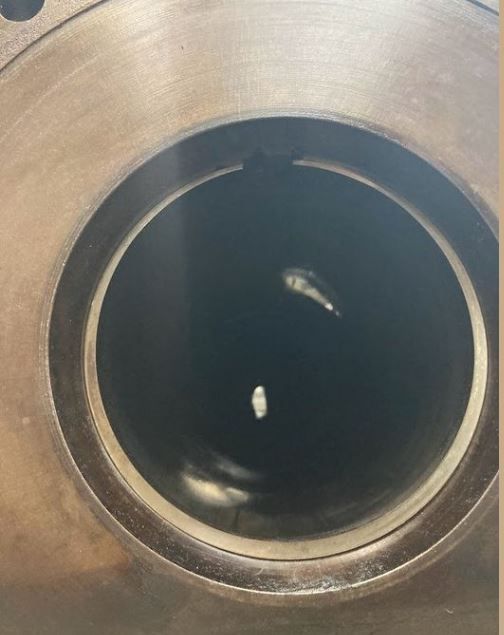Many years ago, large gaps were the norm, but as the pressure on emissions grew, so did the need to reduce crankcase blowby.. With assistance of suppliers, we were able to reduce ring gaps down to 0.001" per inch of bore. This worried me, initially, having seen the damage that occurs when rings butt, but my fears were unfounded, and blowby was reduced dramatically..
These were 1 litre per cylinder, liquid cooled engijnes, both naturally aspirated and turbocharged. In some cases, we were looking at 50 bhp per lire outputs, without problems.
Of course with an engine having higher temperatures in the ring belt, such a small clearance might be disastrous.
What works well in one engine might be a disaster in another, supposedly, similar engine. It depends upon many factors; materials, ring groove widths, ring configuration, ring dimensions and position, surface finishes, temperature gradients. A dry liner engine may well behave differently from a wet liner, or even a dry liner with different wall thicknesses, piston profile, or combustion system.
VERY much, horses for courses!. That is why engine development takes so much time and money, even with computer modelling.!
As Nigel says, on a steam engine with lower pressures and temperatures, 0.001" should minimise leakage without problems…
Howard
Howard Lewis.





